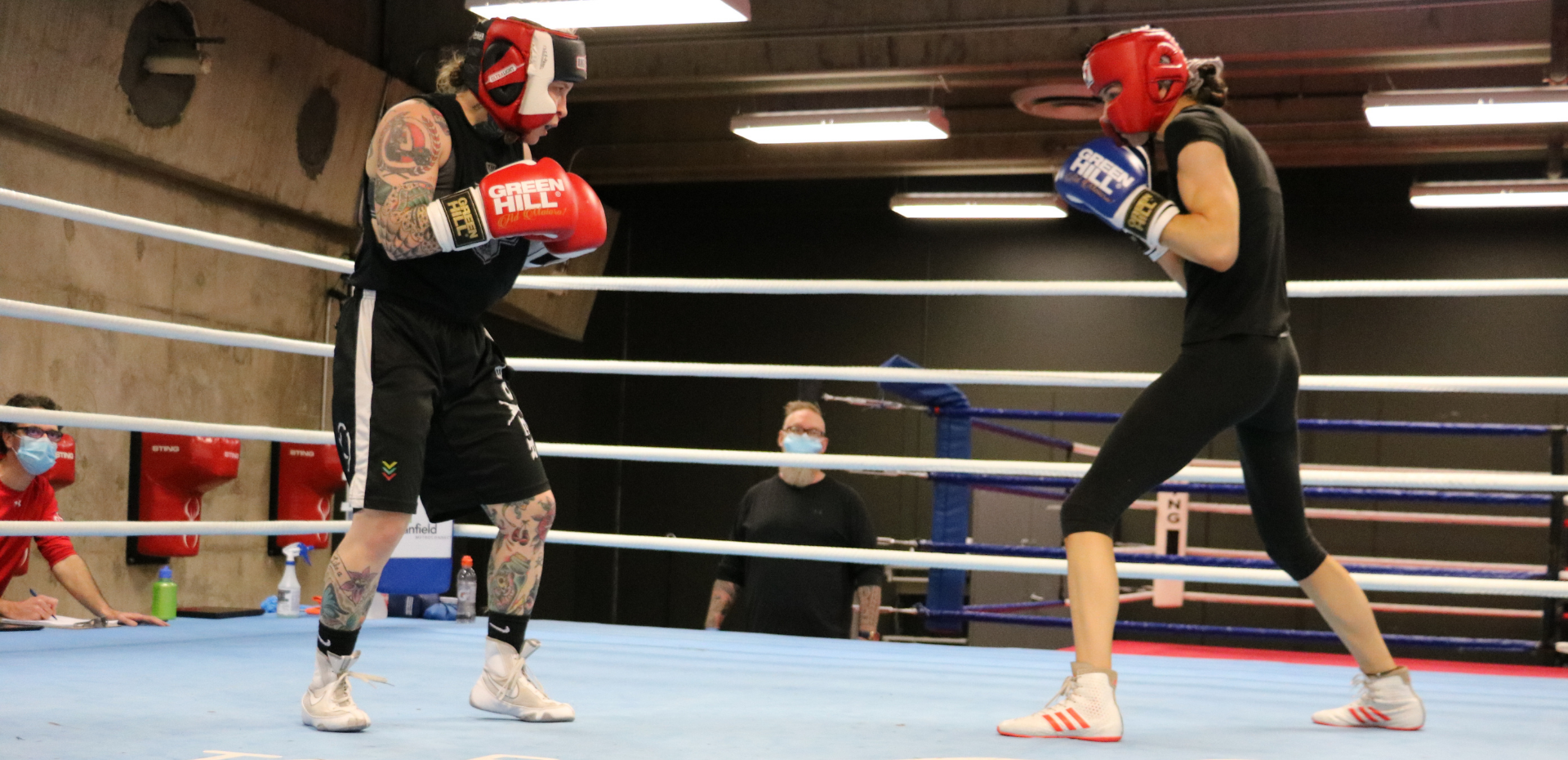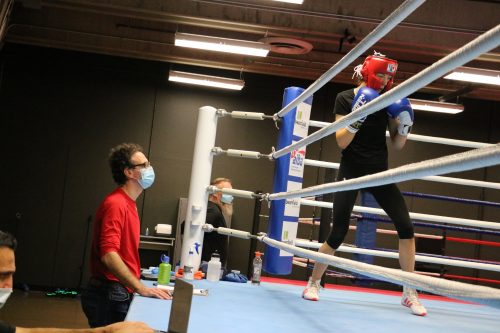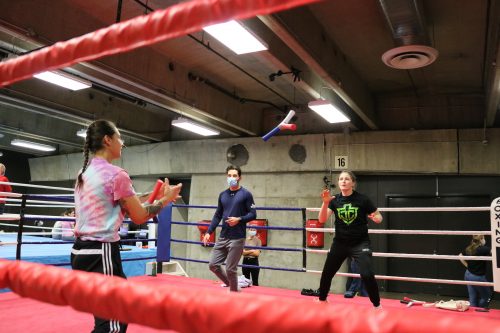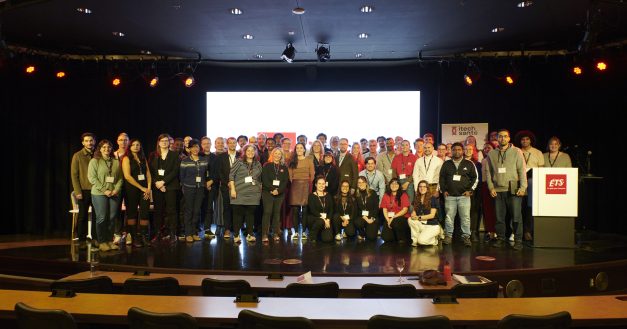A scientific method for detecting boxing skills: our experts in action

A SCIENTIFIC METHOD FOR DETECTING BOXING SKILLS
Our experts in action
November was a very busy month for the experts at INS Québec and for high-performance athletes, with activities resuming through the organization of several training and selection camps. After months marked by restrictions due to the sanitary measures, it was nice to feel the energy of athletes in action at the INS Québec Complex again.
Boxing is one of the sports that was back under way. The main objective was to identify talents among senior male and female athletes, as well as next-generation athletes who are not members of the national team yet. Alongside this, it was hoped that the camp would foster the development of cooperation among Canadian coaches and the sharing of best practices.
A golden opportunity for athletes
How many athletes took part in these assessments? “We welcomed three cohorts of around 20 athletes, accompanied by five coaches,” explains Mathieu Charbonneau, a sport biomechanist at INS Quebec and head of the Integrated Support Team (IST) for boxing. The athletes underwent routine assessments developed by IST experts — tests that are usually reserved for members of the national team. It was a great opportunity for the athletes to stand out and compete with the best in their sport. “These assessments are very useful in clarifying the anticipated progress trajectory for athletes who are at different levels of development,” says Charbonneau. All athlete results are added to the national centre’s database at the very end. INS Québec staff collaborated on several aspects of the camps to ensure their success.
“By having a scientific mindset, the team aims to develop an environment in which the sport can be practised safely and competitively through the sharing of recommendations with Boxing Canada. The scientific approach adopted is solutions focused,” stresses Charbonneau.
Routine assessments
With Mathieu Charbonneau — Sport Biomechanist and Team Lead of the Integrated Support Team (IST) for boxing

A collaborative assessment approach
The athletes began their training camp with musculoskeletal screening. This was followed by strike tests and then boxing-specific physical fitness assessments. Conducted with inertial sensors designed specifically for boxing, the strike tests detected the type of punch being thrown and measured the speed and magnitude of its impact, as well as the strength, power and endurance of the athletes.
Subsequently, participants took part in reaction-time tests to evaluate their perception speed and decision-making potential. Administered by IST staff, the tests required the athletes to touch targets activating randomly around them as quickly as possible. If the athlete took too long to touch the target, they would automatically received feedback.
Video recording of training fights (sparring) provided qualitative feedback to athletes, including analysis of the technical and tactical skills of their opponents. Seminars on healthy eating habits and the beneficial effects of long-term fitness and performance monitoring completed the program.
Perception Speed and Decision-making Potential Evaluations
With Thomas Romeas — Research & Innovation Lead

Innovation has no limits
The innovation never stops: The experts at INS Quebec are constantly looking for new projects to perfect their training methods in order to support high-performance athletes on their way to the world elite. In fact, several university research activities were born from collaboration between INS Québec, Boxing Canada and the École de technologie supérieure and under the direction of INS Québec experts Mathieu Charbonneau and Thomas Romeas, Research & Innovation Lead.
- Development of a method of training boxers using virtual reality
- Automatic detection of events by digital vision technology
- Validation of a technical and tactical analysis grid for boxing
- Creation of a mobile app for technical and tactical analysis in boxing
- Development of a research project on the recognition of vulnerability cues in boxers and their opponents
Note: The training camps took place during the following periods: senior men: October 17–27, 2021; NextGen: October 31 to November 10, 2021; senior women: November 17–24, 2021
***
INS Québec experts and members of the Boxing Canada IST
- Mathieu Charbonneau — Sport Biomechanist and Team Lead of the Integrated Support Team (IST) for boxing
- Thomas Romeas — Research & Innovation Lead
- Brian Li — Physiotherapist
- Erik Sesbreno — Sport Nutrition Lead
- Evelyne Dubé — Medical & Scientific Technical Advisor
- Sylvain Gaudet — Exercise Physiologist
- Pierre-Mary Toussaint — Kinesiologist and Exercise Physiologist (collaboration with Université de Montréal)


